Medicine is in a constant state of evolution, with new discoveries reshaping the way we diagnose, treat, and prevent disease. Recent years have seen a surge of groundbreaking advancements that offer hope for conditions once considered untreatable. These transformative breakthroughs are not just improving patient outcomes—they have the potential to save millions of lives worldwide. As we explore these innovations, it becomes clear that the future of healthcare is brighter than ever, driven by the relentless pursuit of scientific progress.
1. mRNA Vaccine Technology
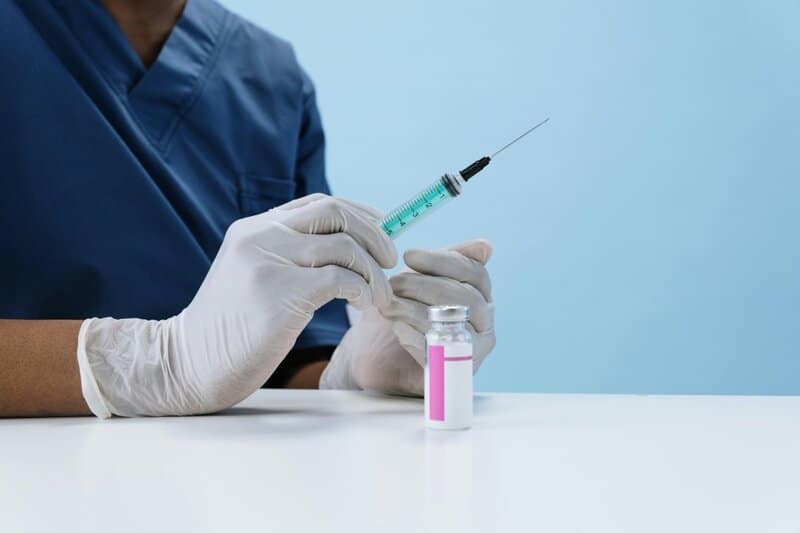
The rapid development of mRNA vaccines during the COVID-19 pandemic showcased their revolutionary potential. Unlike traditional vaccines, mRNA technology allows for swift design and adaptation, enabling quick responses to emerging threats. Researchers are now expanding this approach to target diseases such as influenza, Zika, and even certain cancers. This adaptability could help prevent future pandemics and transform the fight against chronic illnesses. Learn more about mRNA vaccines.
2. CRISPR Gene Editing
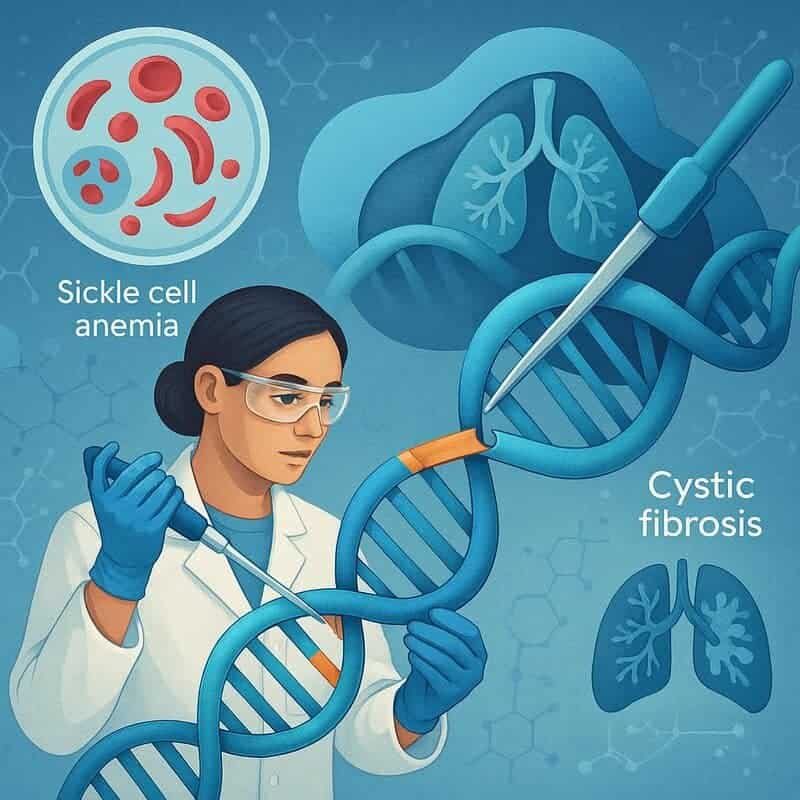
The emergence of CRISPR gene editing has sparked a revolution in genetic medicine. This innovative tool allows scientists to precisely modify DNA sequences, offering the possibility of correcting mutations at their source. Conditions like sickle cell anemia and cystic fibrosis—once considered incurable—are now candidates for potential cures through targeted gene editing. As research advances, CRISPR holds the promise of transforming the treatment of countless inherited disorders. Explore more about CRISPR technology.
3. Artificial Intelligence in Diagnostics
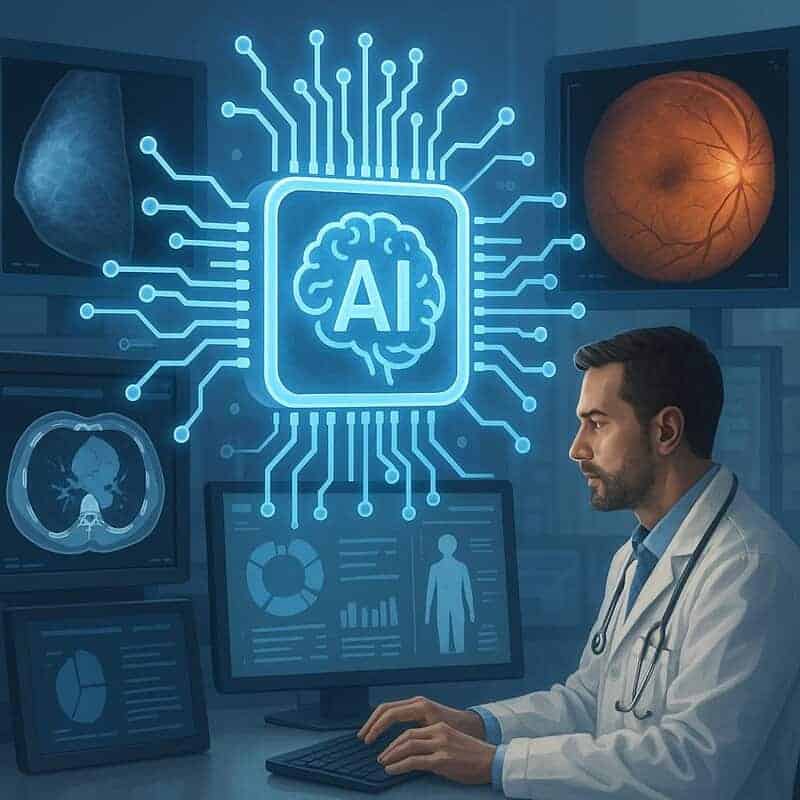
Artificial intelligence (AI) is transforming medical diagnostics, bringing unprecedented accuracy and efficiency to healthcare. Advanced AI algorithms can analyze medical images, lab results, and patient data to detect diseases such as cancer and diabetic retinopathy—often matching or even surpassing the performance of human specialists. This technology speeds up the diagnostic process, enables earlier intervention, and helps reduce human error. AI’s potential to revolutionize diagnostics grows each year, paving the way for faster and more precise care. Read about AI in medicine.
4. CAR T-Cell Therapy
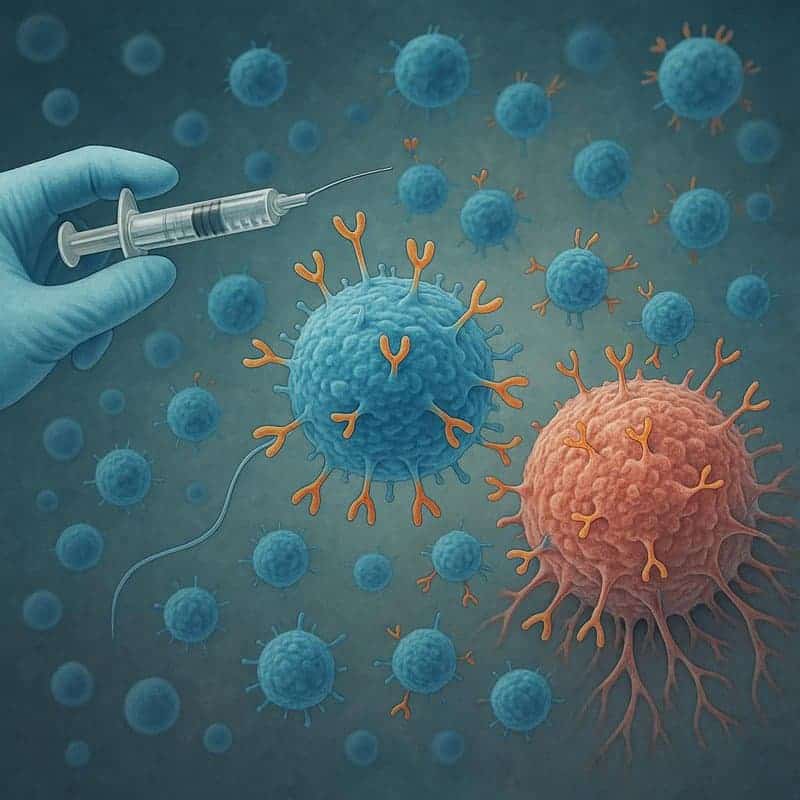
CAR T-cell therapy represents a major leap forward in cancer treatment. This approach involves engineering a patient’s own immune cells to recognize and attack specific cancer cells, leading to remarkable results—especially in certain blood cancers. For some patients, CAR T-cell therapy has delivered lasting remissions where other treatments have failed. Its success is inspiring new research into expanding this therapy to more cancer types and further refining its effectiveness. Learn more about CAR T-cell therapy.
5. Wearable Health Technology
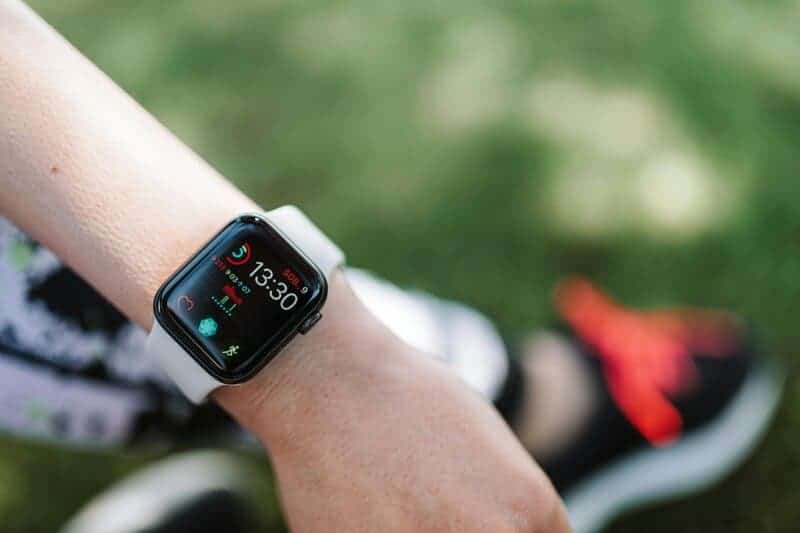
Wearable devices, such as smartwatches and fitness trackers, are reshaping personal health monitoring. These gadgets can continuously track heart rhythms, detect falls, and monitor vital signs—alerting users to issues like atrial fibrillation before symptoms appear. By empowering individuals with real-time health data, wearable technology enables earlier medical intervention and better chronic disease management. Discover how wearables impact heart health.
6. Telemedicine Expansion

The rise of telemedicine has transformed how and where people access healthcare. By delivering medical consultations and follow-ups remotely, telemedicine bridges the gap for rural and underserved communities who previously struggled to reach care providers. This digital approach streamlines access, reduces travel burdens, and ensures more individuals receive timely medical attention. Read more about telehealth benefits.
7. 3D Bioprinting of Organs and Tissues
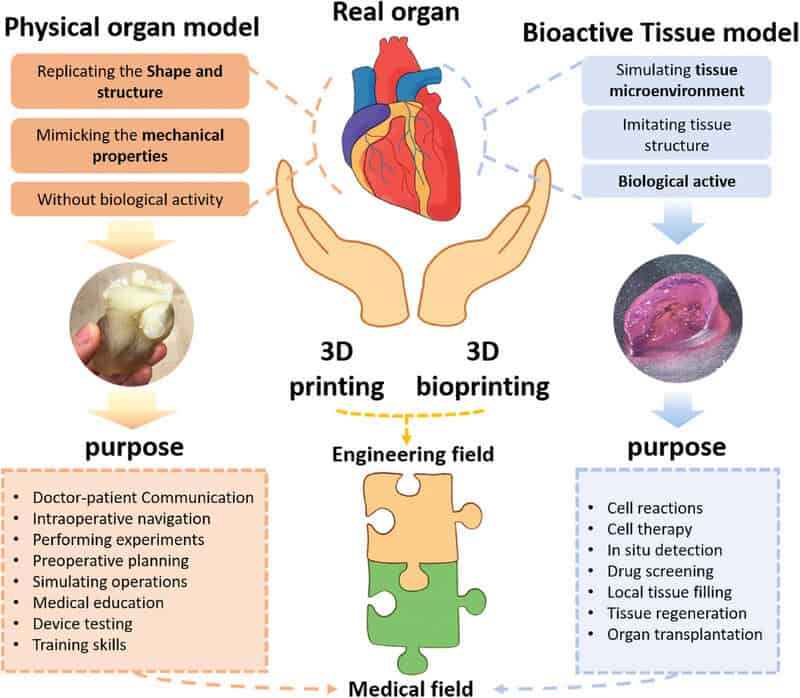
3D bioprinting is pushing the boundaries of regenerative medicine by creating living tissues and even entire organs layer by layer. This technology holds particular promise for solving the critical shortage of donor organs needed for transplants, potentially saving countless lives. Researchers are also using bioprinting techniques to improve reconstructive surgery outcomes, enabling the creation of personalized grafts and implants. As the field advances, the ability to “print” functional tissues could radically change the future of transplantation and recovery. Explore 3D bioprinting in medicine.
8. Rapid Point-of-Care Diagnostics
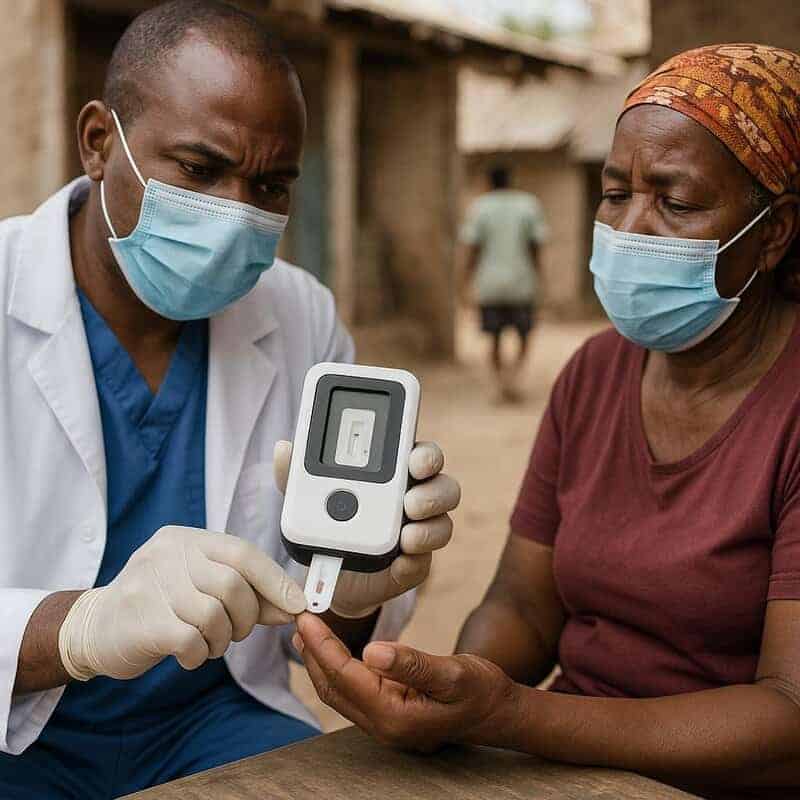
Portable diagnostic tools are transforming healthcare delivery, especially in resource-limited settings. These rapid point-of-care devices deliver immediate results for diseases like HIV, COVID-19, and malaria, allowing for quicker decisions and faster treatment. Their accessibility and convenience help curb the spread of infectious diseases and ensure patients receive timely care. Learn more about point-of-care diagnostics.
9. Universal Flu Vaccine Development
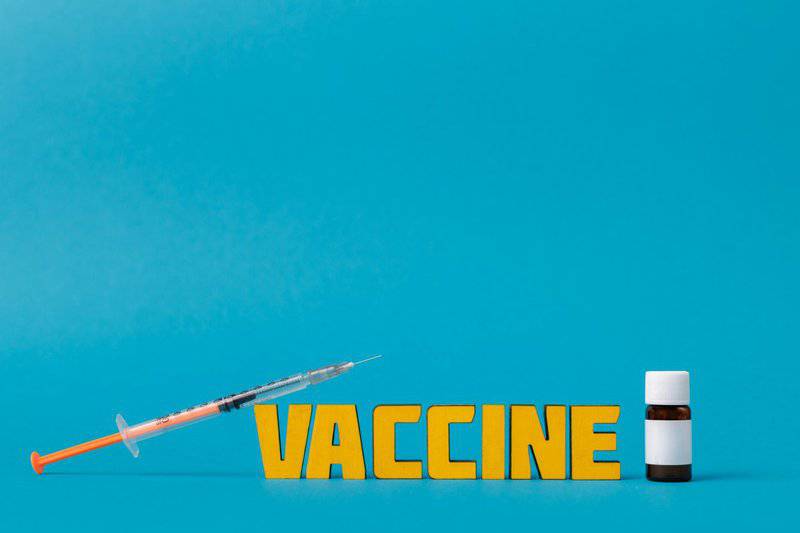
Researchers are making significant strides toward a universal flu vaccine that could offer broad, long-lasting protection against multiple influenza strains. Unlike current vaccines, which must be reformulated each year, a universal vaccine would reduce the burden of annual flu epidemics and help prevent millions of deaths worldwide. This innovation could be a game-changer in public health, offering hope for better control of seasonal and pandemic influenza. Read about universal flu vaccine research.
10. Antimicrobial Resistance Solutions
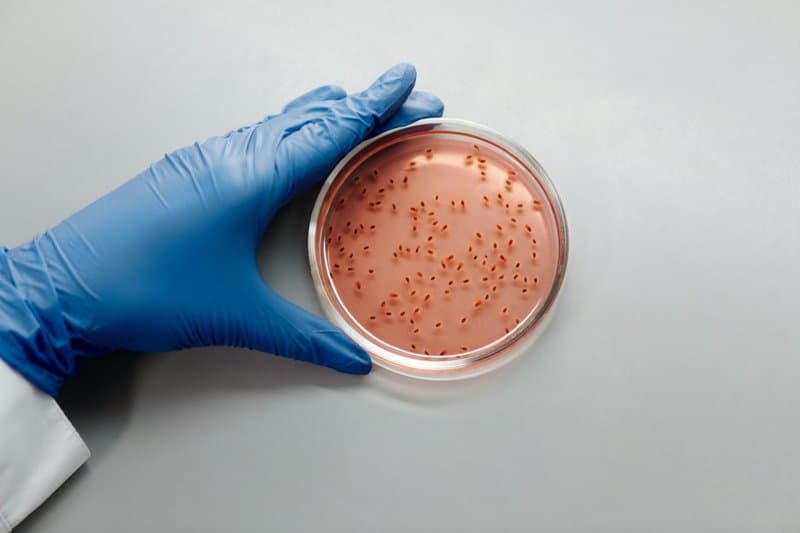
Antimicrobial resistance poses a serious risk to global health, making common infections harder to treat. Researchers are responding with innovative solutions, including the development of new antibiotics, phage therapy that uses viruses to target resistant bacteria, and rapid diagnostics to ensure appropriate treatment. These advances are vital in stemming the tide of antibiotic-resistant infections and preserving the effectiveness of life-saving medicines. Learn about combating antimicrobial resistance.
11. Regenerative Medicine Using Stem Cells
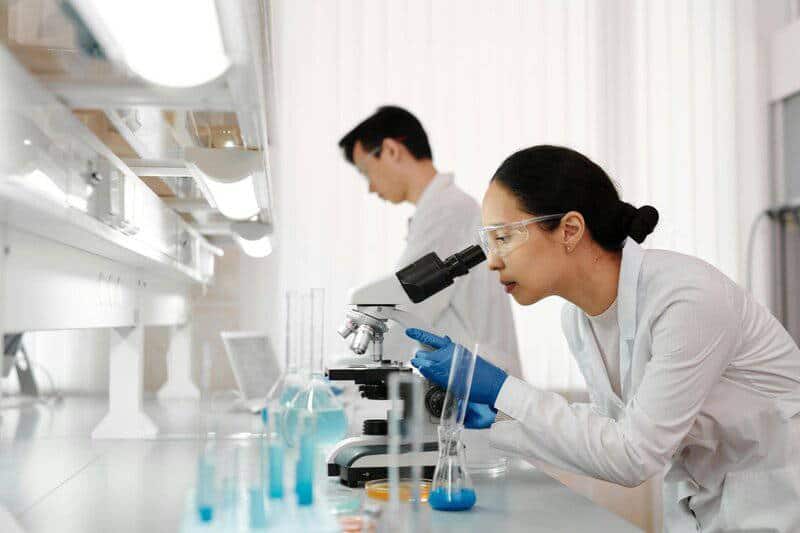
The field of regenerative medicine is harnessing the unique properties of stem cells to heal and restore damaged tissues. Breakthroughs in stem cell therapies are offering new hope for people with spinal cord injuries, heart disease, and diabetes by enabling the repair or replacement of lost or malfunctioning cells. These advances are driving personalized treatments and could ultimately change the prognosis for many chronic and life-altering conditions. Explore stem cell therapy developments.
12. Precision Oncology

Precision oncology is transforming cancer care by tailoring treatments to the unique genetic makeup of each patient’s tumor. Through advanced genetic profiling, doctors can select therapies most likely to be effective while minimizing harmful side effects. This individualized approach is improving survival rates and quality of life for many cancer patients, making treatment more targeted and less toxic. Learn about precision medicine in cancer.
13. Non-Invasive Blood Glucose Monitoring

Emerging technologies are making blood glucose monitoring painless and needle-free for people with diabetes. These non-invasive devices use sensors or light to track blood sugar levels without finger pricks, offering a more comfortable and convenient experience. By simplifying diabetes management, these innovations are set to enhance daily life and improve long-term health outcomes. Read about non-invasive glucose monitors.
14. Advanced Organ Preservation

Recent breakthroughs in organ preservation are dramatically extending the time organs remain viable outside the body, which is crucial for successful transplantation. Advanced cooling techniques, improved storage solutions, and even machine perfusion systems help keep organs healthier for longer periods. These innovations increase the number of organs suitable for transplant, giving more patients a second chance at life. Discover advances in organ preservation.
15. Global Vaccine Distribution Initiatives

International efforts such as COVAX are crucial in ensuring that life-saving vaccines reach low- and middle-income countries. By uniting governments, organizations, and manufacturers, these initiatives work to provide equitable vaccine access, reducing the global burden of infectious diseases. Such collaborations not only protect vulnerable populations but also help prevent future pandemics by fostering worldwide immunity. Learn about COVAX and global vaccine equity.
Conclusion
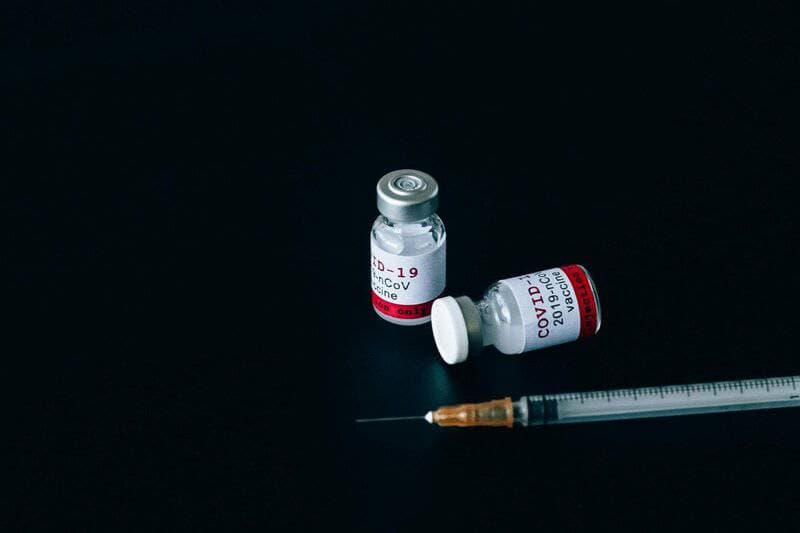
These remarkable medical breakthroughs are rewriting the future of healthcare, offering hope and healing to millions worldwide. Their true impact, however, depends on continued investment in research, collaboration, and the commitment to making these advances accessible to all—regardless of geography or income. As innovation accelerates, it is essential that we work together to ensure everyone benefits from these lifesaving discoveries, paving the way for a healthier, more equitable global community.
Disclaimer
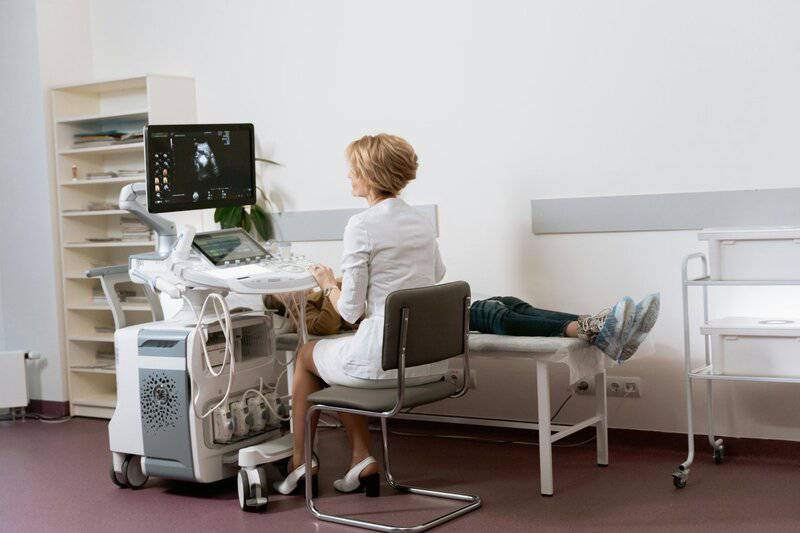
This article is for informational purposes only and does not constitute medical advice. Always consult with qualified healthcare professionals for diagnosis, treatment, and personalized guidance. Your health decisions matter—seek expert advice for the best outcomes.
.article-content-img img { width: 100% }



Vielleicht interessiert es Sie:
Wussten Sie! Minensuchratten auf dem Schlachtfeld und sie sind super effektiv!
Wie viele Giraffenarten gibt es? Leben sie alle in Afrika?
Der Vogel ist das Weibchen der Vögel: wahr oder falsch?
Warum bauen Biber Dämme? Welchen Nutzen?
Warum leben manche Tiere nachtaktiv? Welche Vorteile?
Küssen Tiere? Ist das die gleiche Bedeutung wie Menschen?
200+ Hilarious Seahorse Jokes That Will Make You Smile and Giggle
200+ Funny Investment Jokes to Boost Your Financial Humor Game